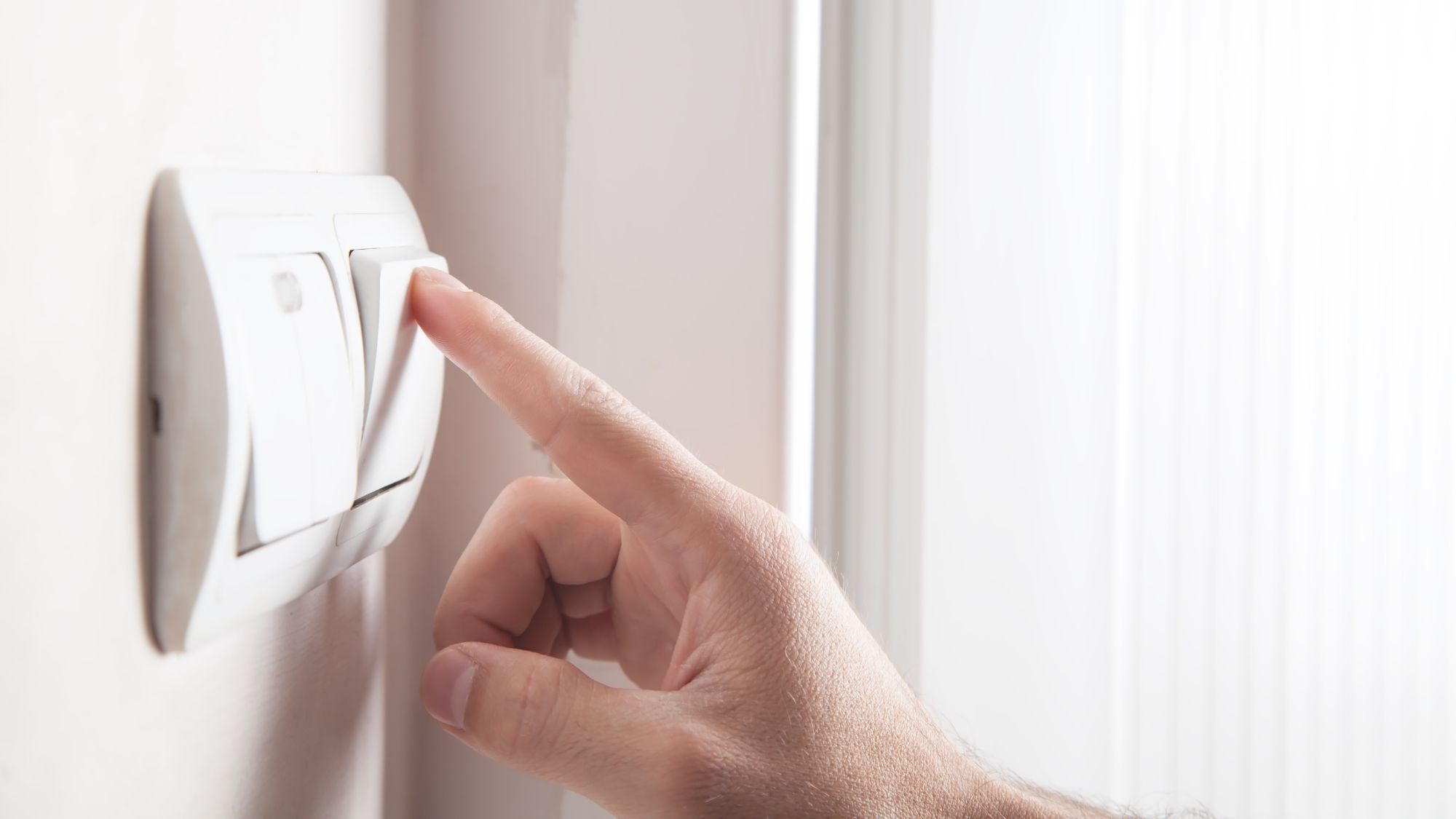With the cost of living continuing to climb with inflation, many of us are looking for new ways to save on our expenses. Sure, you can cut back on the daily Starbucks visits and finally cancel that one subscription you aren’t even using. However, neither will cut down on the one bill everyone dreads each month—power.
Electricity has undoubtedly made our lives much easier but has also made them much more expensive. However, there are many ways we can save energy at home to lower that power bill and keep some extra cash in our pockets.
1. Optimize Heating & Cooling
The weather in Saskatchewan is known for the extremes—our summers are scorching, and our winters are freezing. This means we’ve all become very familiar with our homes’ heating and cooling systems. While it’s nice to step into an arctic-level A/C chill in the summer or a roasting warmth in the winter, this can also quickly become one of the most significant contributors to your monthly energy bill.
To save energy at home, set your thermostat at an efficient temperature between 21 and 25 degrees Celsius. If you can, program your thermostat to automatically adjust based on your schedule, turning it off while you are away and turning it back on just before you get home. And use natural ventilation when you can, instead of relying on air conditioning. Open windows and use the ceiling fan to cool your space rather than the whole house. Or even consider soaking in a cool summer evening breeze in your backyard oasis!
2. Prevent Temperature Loss
Did you ever accidentally leave the door open when you were younger, only to get the classic lecture from your dad about “Not heating the whole neighbourhood!”? Well, now that you’re paying the power bill, I’m sure you don’t want to be either. Bring in a home inspector to ensure your home is properly insulated from top to bottom to prevent temperature loss. Also, take time to seal any gaps and cracks around windows, doors, and vents to minimize drafts and maintain a consistent indoor temperature.
3. Save Energy on Lighting
Lighting can be another big energy consumer at home, but thankfully it can be relatively easy to fix. Use more energy-efficient light bulbs, like LED or CFL bulbs, which use far less energy than traditional incandescents. As a bonus, they tend to last longer, too!
Remember to turn off lights when not in use, and make the most of your natural light by opening curtains and blinds when possible.
4. Energy-Efficient Appliances
While replacing whole appliances can seem like an expensive way to save energy at home, the return on investment is often relatively quick. When looking for new appliances, look for those with high energy efficiency ratings and an ENERGY STAR label. Appliances consume a ton of energy, but these ones are proven to use far less to save you money in the long run.
5. Unplug Electronics When Not in Use
Many electronics continue to use power even when they are turned off. Save more energy at home by unplugging chargers, TVs, computers, and other devices when they aren’t being used. You can even simplify this process by using power strips with switches to disconnect multiple devices simultaneously.
6. Make Laundry More Energy Efficient
Use less energy at home by making your laundry more efficient. Wash clothes in cold water whenever possible and only use as much water as you need for the size of the load. Only run the washing machine—and the dishwasher, for that matter—with a full load to maximize energy efficiency.
7. Plant More Trees
Not only are trees a great way to boost your home’s curb appeal, but they are also an excellent tool for using less energy! By planting trees strategically around your home, you can provide more shade during the hot summer months and shelter from cool winter winds. This reduces your need for excessive cooling and heating throughout the year, saving you energy and money.
Though these may seem like small changes toward saving energy at home, they can add to significant savings over time. Not only does this benefit your finances, but it also has excellent environmental benefits. Plus, it can even snag more value for your home when it comes time to sell!

 Facebook
Facebook
 X
X
 Pinterest
Pinterest
 Copy Link
Copy Link

